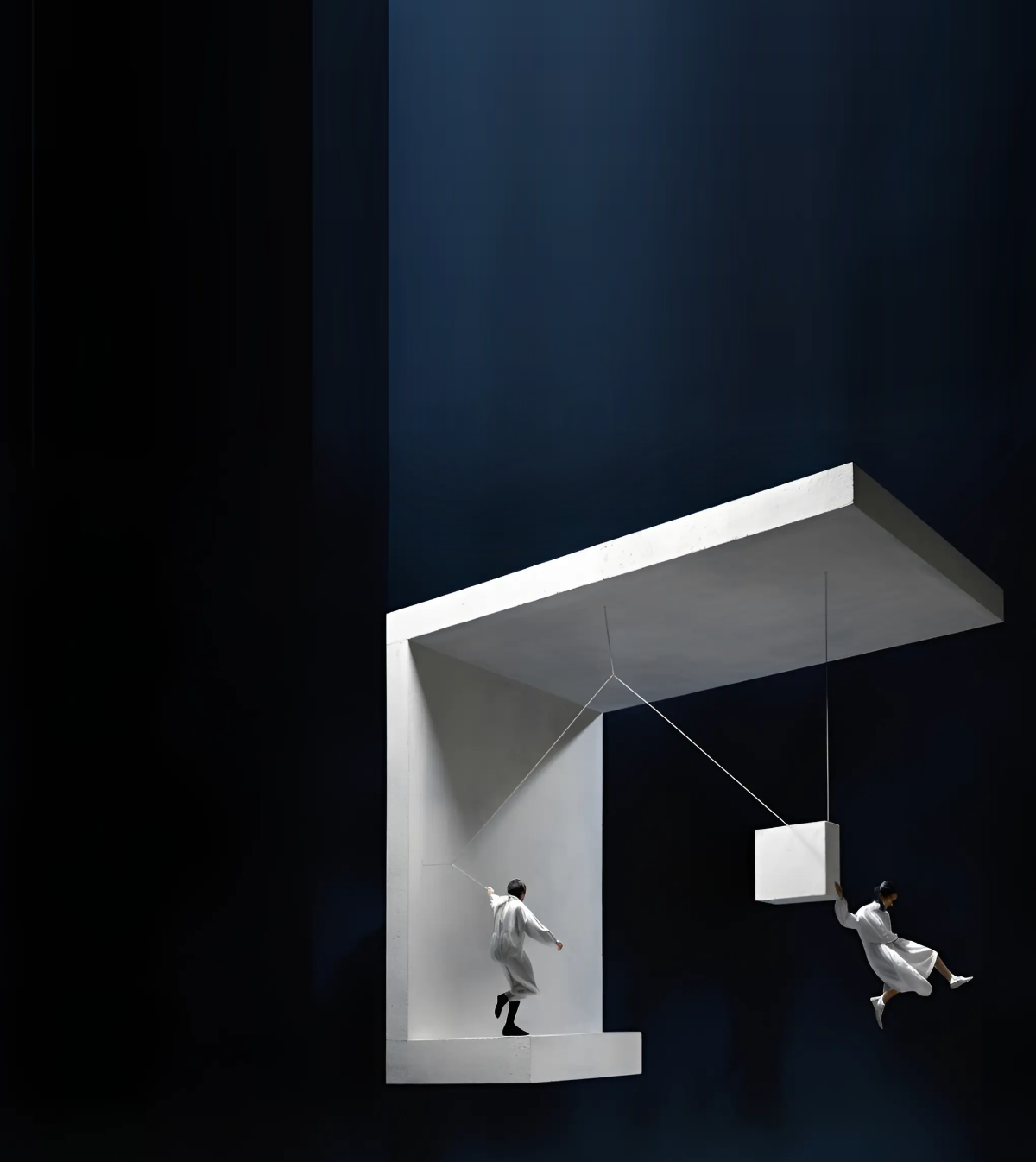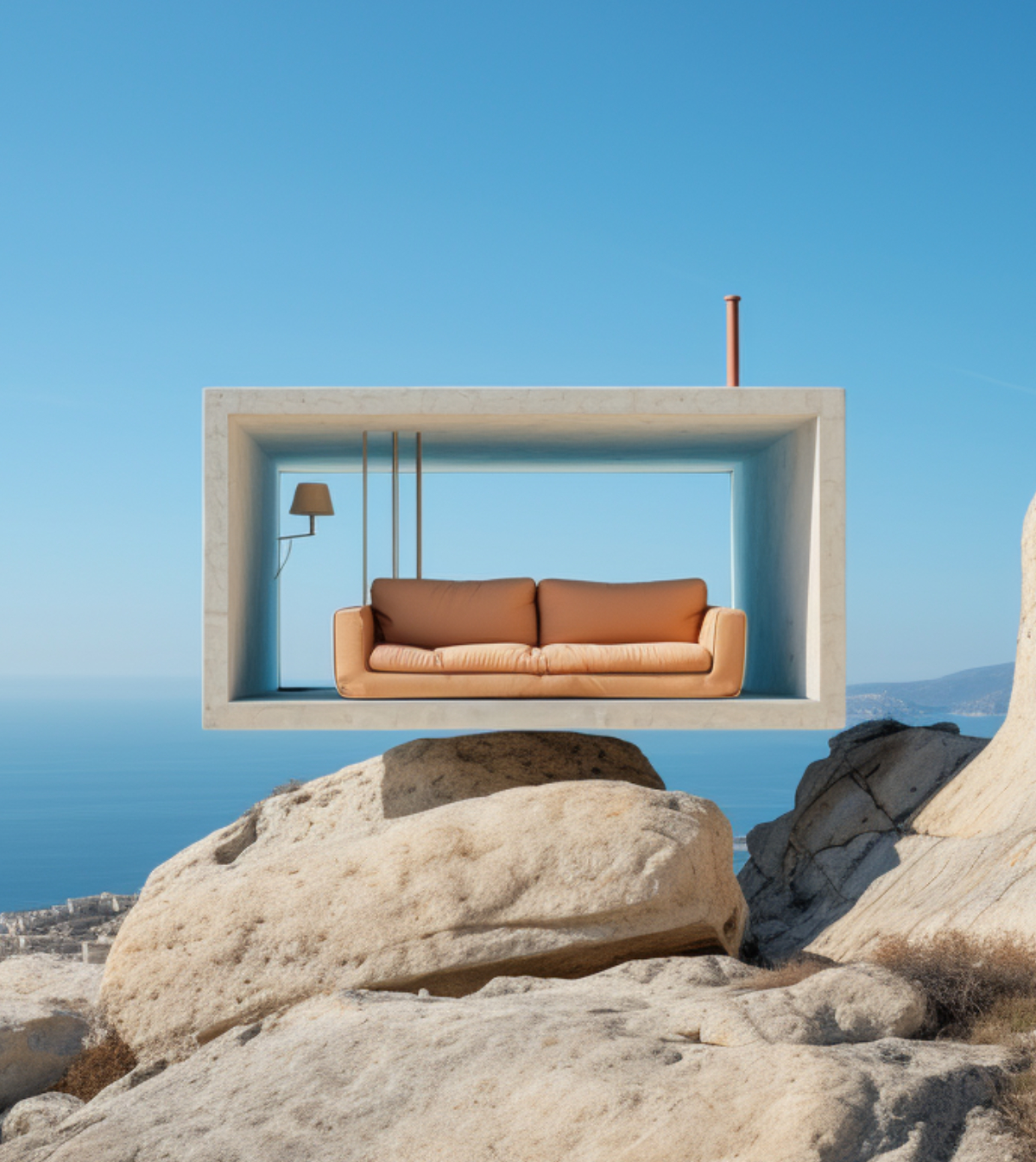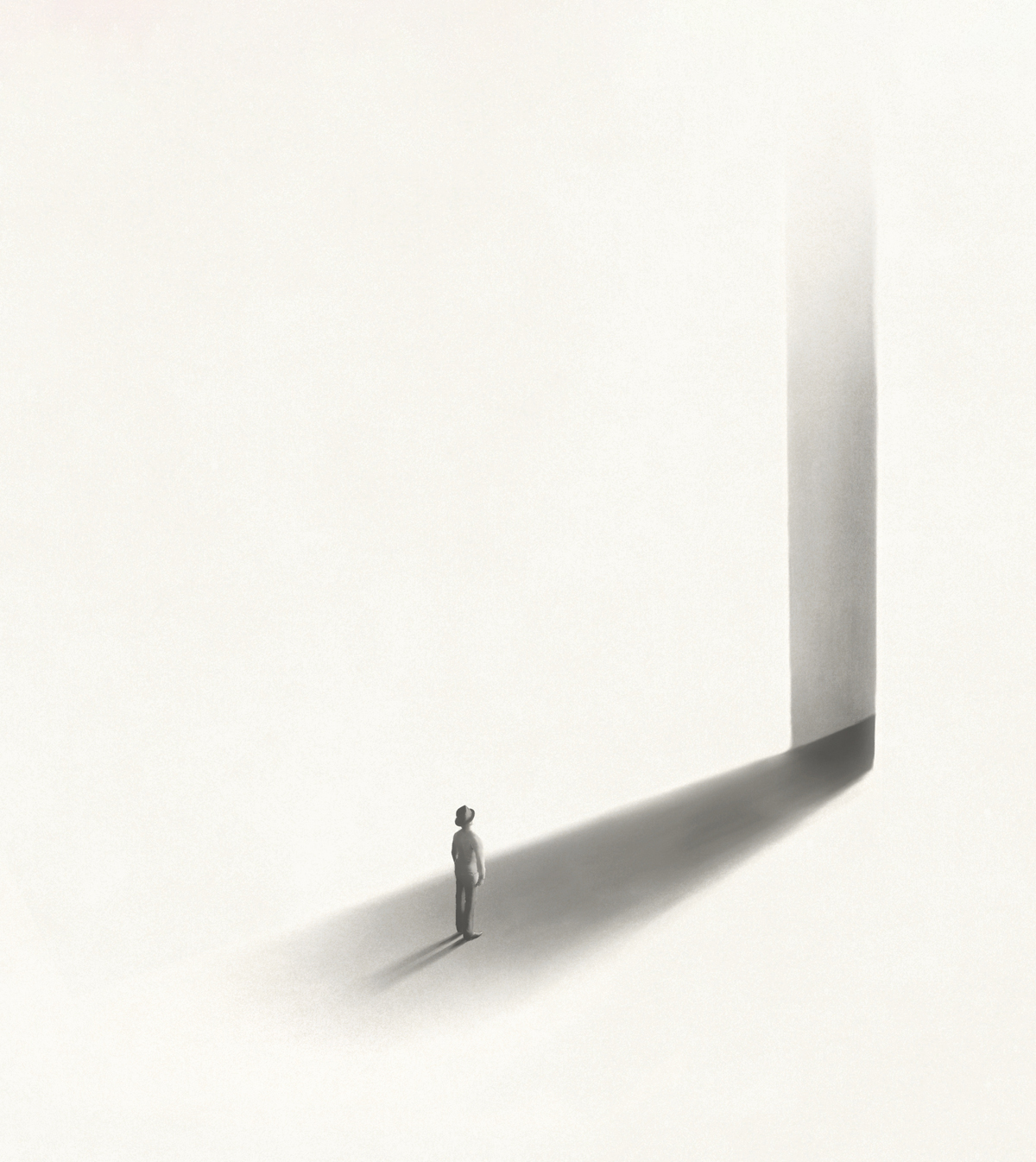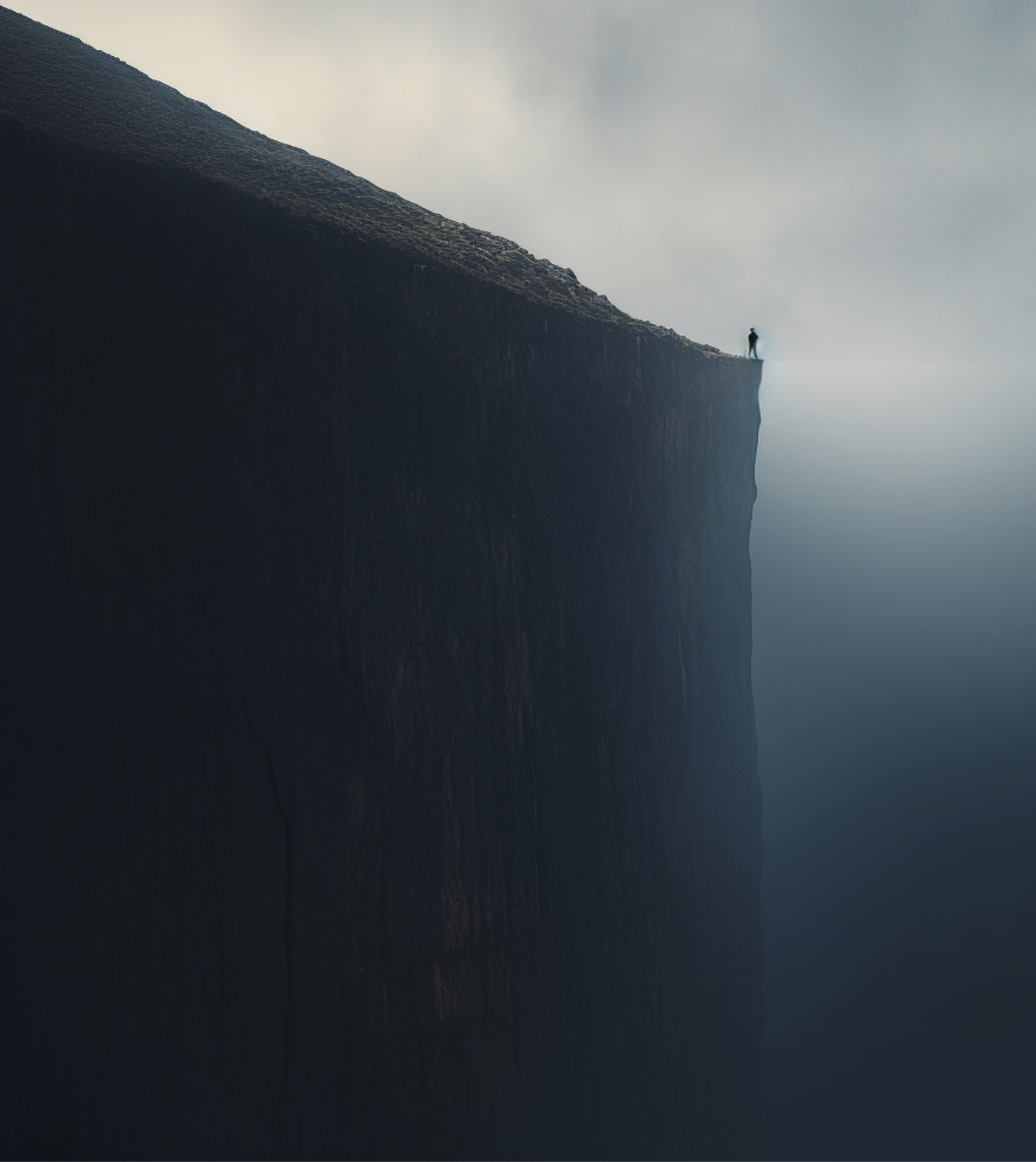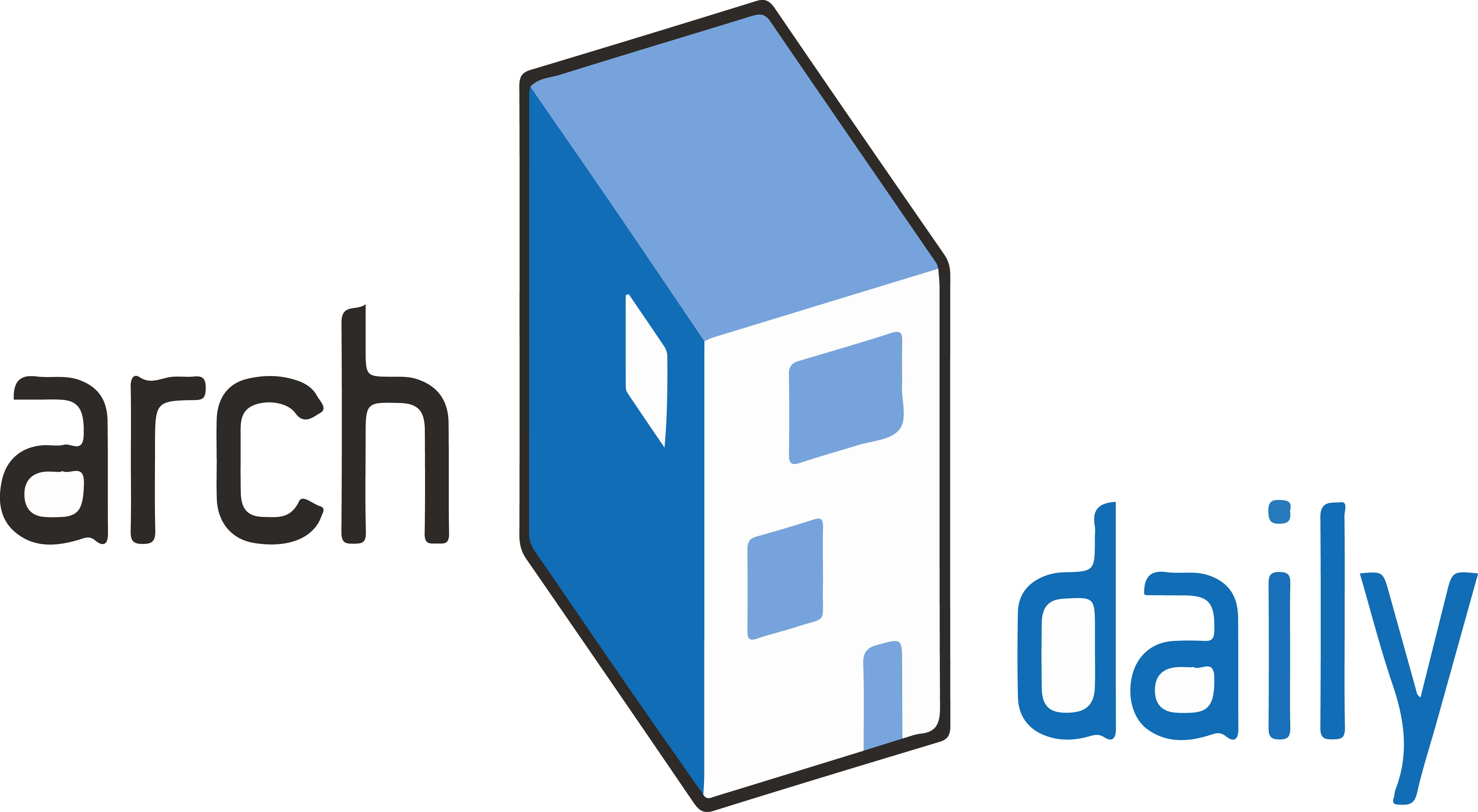Creating architecture for every type of user will mean increasing accessibility for those with disabilities. However, while designing for disabilities is often an afterthought of the creative process, could reframing how we think about accessibility actually create better designs for all?
Designing for disabilities increases creativity
Plenty of arguments have been made that designing for disabilities helps to improve the creativity of a project, usually resulting in a more universally beneficial and innovative design. Working within constraints sharpens your focus and forces you to look at the problem from a different viewpoint. Considering the needs of others in your original design, rather than adapting one to fit additional requirements, could be what helps you identify deficits in your design that you may not have ever considered.
Dr Jos Boys of Brighton University argued that rethinking ability and architecture offers a powerful tool to design differently:
“What happens if, rather than seeing disability as a problem that architecture is expected to solve, we ask basic questions about how diverse human bodies actually occupy built space. Can disability − and ability − help us think more explicitly about habitation, how we envisage a ‘typical’ user and what impacts buildings have on their many and varied occupants?”
Products designed for disabilities
In addition to making the world more accessible to those with certain functional variations, products originally designed for disabilities can have widespread applications. The most influential example of this would be text messages. Originally introduced as a method of communication for those with hearing disabilities, text messaging became ubiquitous in cell phones, overtaking their originally intended use.

Text messaging was originally introduced for those with hearing disabilities. Image source
Other examples range from audio/visual safety glasses to easy-to-grip potatoes peelers. Conceived as a way to improve the work lives of deaf woodworkers and those with arthritis, their novel design was quickly recognised as being superior to traditional instruments.
Virginia G. Piper sports and fitness center for disabled people, Baldinger Architectural Studio
Designed in 2012 by the Baldinger Architectural Studio, this Sports & fitness centre for disabled people takes up an impressive 45,000 square feet. The one of a kind sports centre in the western United States was designed to create an environment providing total freedom of movement.

The one of a kind Virginia G. Piper centre covers an impressive 45,000 square feet. Image source
The centre promotes health, wellness, and active participation in sport and fitness activities, empowering the widest group of users ranging from individuals, Olympic athletes, to local sports clubs.

Baldinger Architectural Studios created a “total environment” with their accessible sports and fitness centre. Image source
The architects created a “total environment” that seamlessly combines function, environmental considerations, and high aesthetics, extended throughout the site and various buildings.

The centre works to empower the widest group of users, from all levels of abilities. Image source
Gallaudet University, University for the Deaf
Founded in 1864, Gallaudet University is the only liberal arts institution designed for the deaf and hard of hearing in the entire United States, or in fact, any country. Their school motto is "There is no other place like this in the world", which is certainly true, and normal daily routines have been completely reimagined to work for those without their hearing.

Blues and greens are particularly easy on signers' eyes. Image source
Architect Hansel Bauma established the DeafSpace Project (DSP) in 2005 in conjunction with the university, cataloguing over 150 distinct DeafSpace architectural design elements over the following five years. They addressed the five major touch points between deaf experiences and the built environment:
1. space and proximity
2. sensory reach
3. mobility and proximity
4. light and color
5. acoustics
Common to all of these categories are the ideas of community building, visual language, the promotion of personal safety and well-being.
As the only space of its kind in the world, the DeafSpace approach is more of a work in progress rather than a set of proven rules. Each innovation looks to enhance the learning experience for those without the use of hearing, focusing on human cognition and emotion, and on the mechanics of bodies in space.
"To me, that is so radically different a way of … breaking down the design process," Bauman said."In a way, it flips [it] upside down, because now you start thinking about a building by sitting around this table."

A doorbell device used after this Gallaudet building opened as a men's dormitory in 1877. Image source
Another example of universal design within the university is the doorbell for the university president’s office. A chain is pulled which then causes a lead weight to drop to the floor inside the office. The resulting vibrations alerting the resident that someone was calling.
Hazelwood School, Alan Dunlop Architects
Accessibility and inclusive design doesn't necessarily centre on creating spaces, but also playing with different textures. Through the use of different materials, Hazelwood School in Glasgow was designed by Alan Dunlop Architects. The school was created for children who are dual sensory impaired and is based on the essential senses such as smell, taste, and touch, in order to create an awareness of their surroundings and promote independence.
“I was determined to create a school which would support the needs of the children and the aspirations of their parents, a place of safety and ambition that would free the teacher and inspire the child.” – Alan Dunlop

The school was created for children who are dual sensory impaired and is based on the essential senses such as smell, taste, and touch. Image source
Kemeri National Park Observation Tower competition
As one of the largest national parks in Latvia, Kemeri National Park is calling for submissions for a new observation tower. The tower, which is proposed for construction along the Great Kemeri Bog Boardwalk, will allow greater accessibility for those visiting the park with disabilities.
It is a chance for architecture enthusiasts to design a project that takes advantage of the stunning scenery afforded by the national park, and places a strong focus on ensuring that every visitor will be able to experience it to the same degree.
The Kemeri National Park Observation Tower architecture competition is now open until April 27, 2018. As the Nature Conservation Agency has expressed an interest in the construction of this tower, winning designs will be put forward for consideration for construction. Visit kemeritower.beebreeders.com for further information.
Top 3 Reasons Why You Should Enter Architecture Competitions
Curious about the value of architecture competitions? Discover the transformative power they can have on your career - from igniting creativity and turning designs into reality, to gaining international recognition.
Learn more

